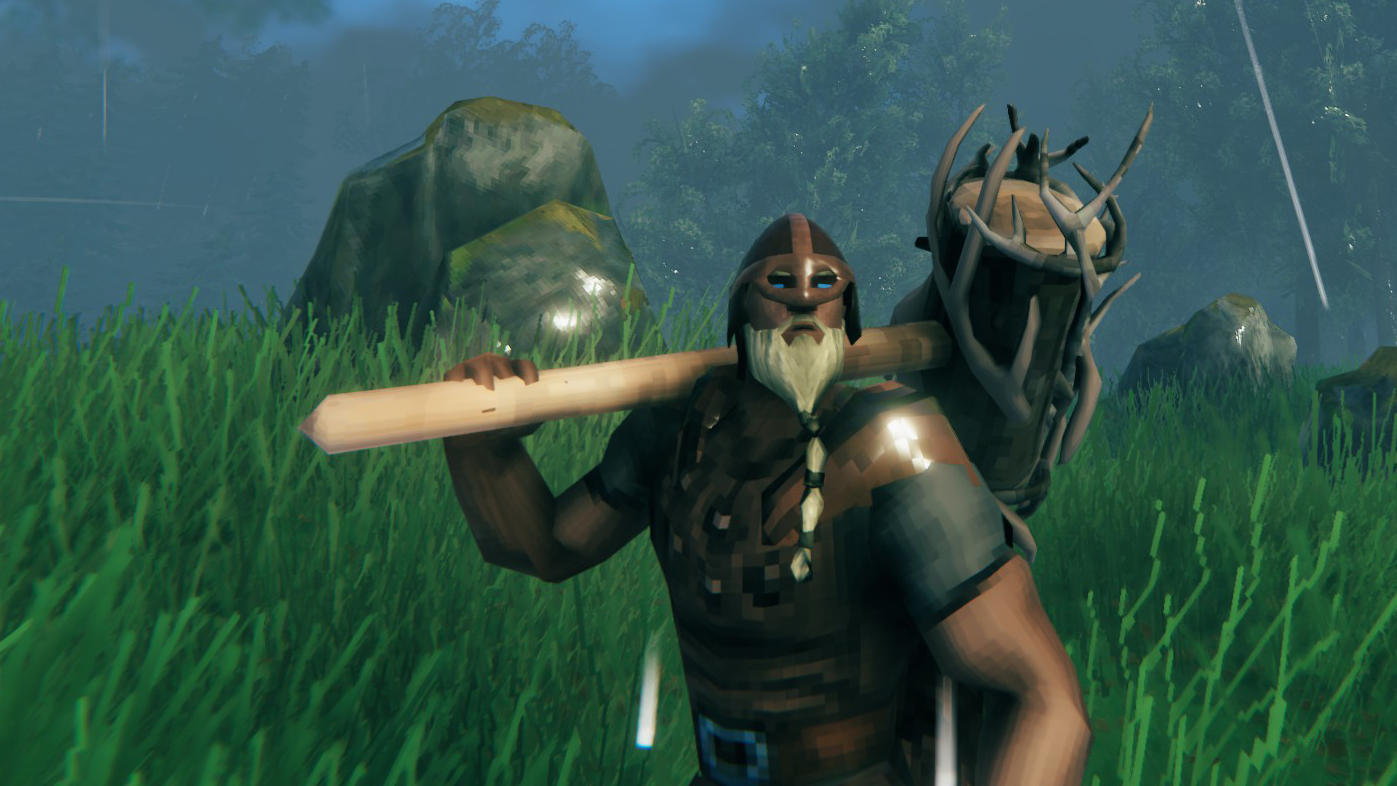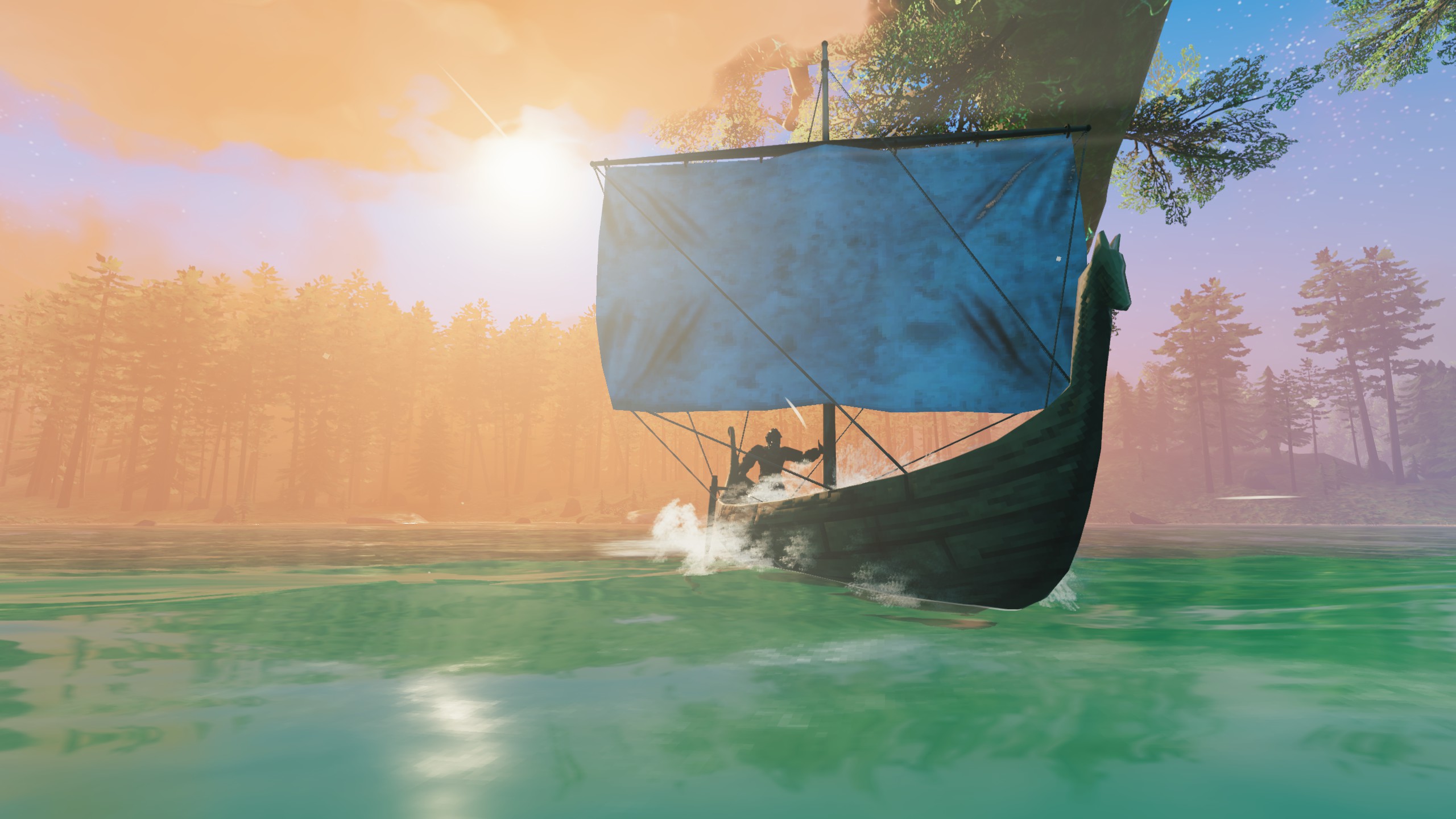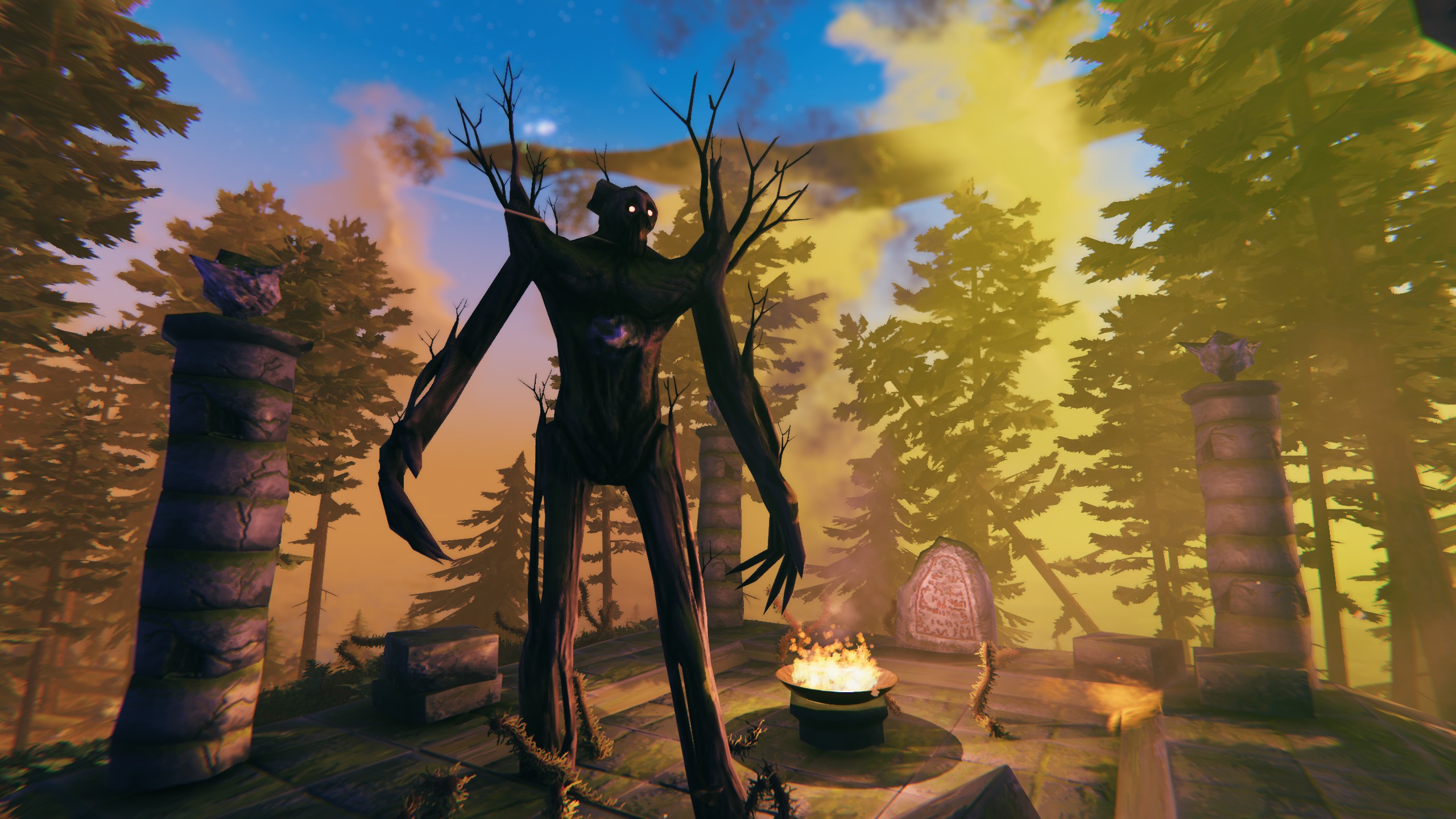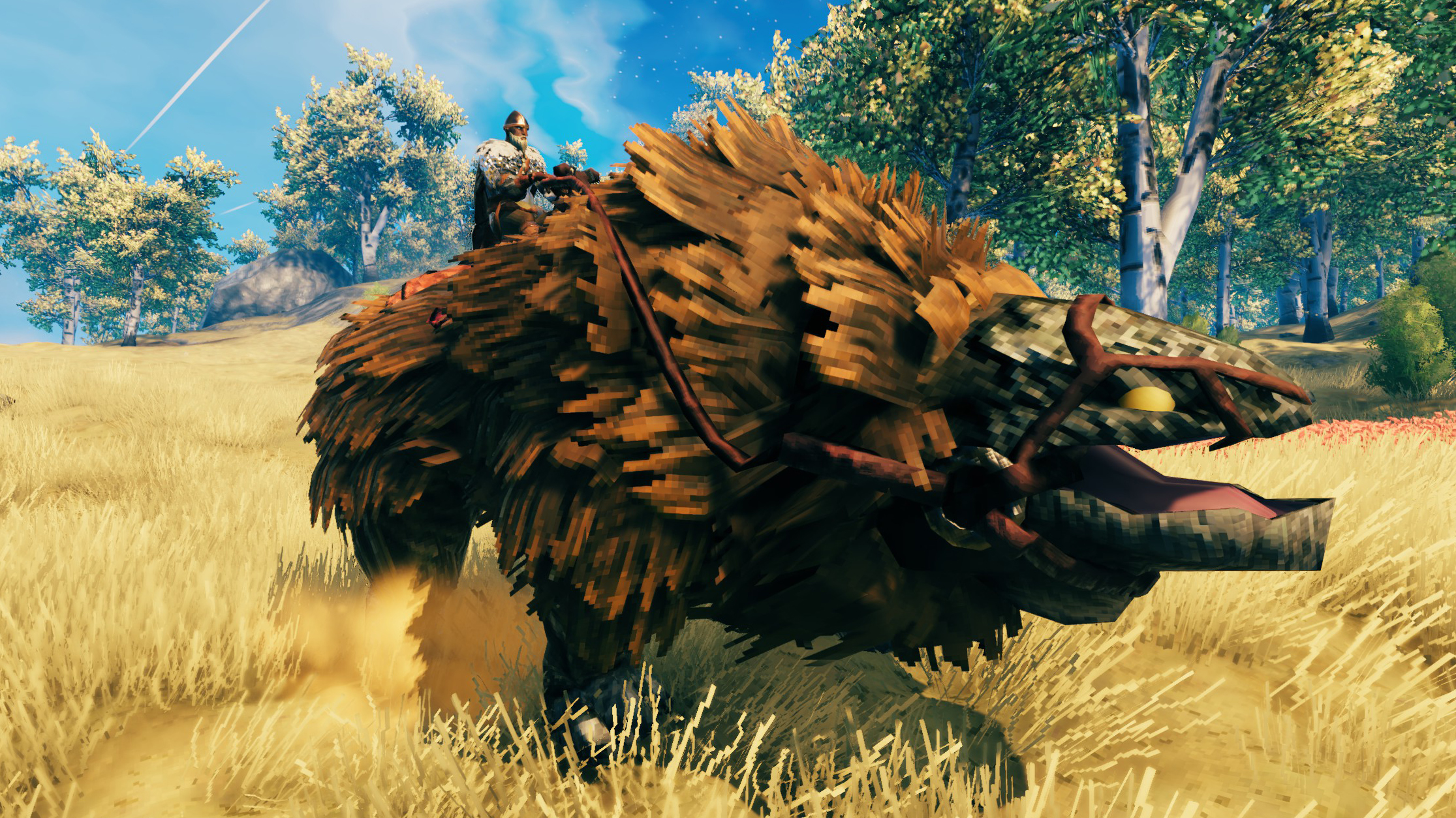The state of Valheim in 2022: Still the Vi-king of co-op
While you await the next expansion, the Early Access open world survival game is still plenty inviting.

To kick off 2022, we're taking a look at the major games, genres and platforms that make PC gaming to see where they're at as we begin a new year.
The biggest and best surprise of 2021 arrived just when the year was getting started. Valheim, the open world Viking survival game made by just five developers at Iron Gate Studios, launched into Early Access in February and immediately became one of the most popular games of the whole year. With a focus on co-op rather than PvP, Valheim was the perfect place to spend time with friends during a pandemic that made in-person gatherings difficult, and its twist on survival systems made it appealing even to non-survival fans.
Players delighted in building huge and intricate forts, sailing the seas in search of adventure, and taking on mighty boss monsters who provided tools needed to survive in the increasingly more deadly biomes of the Viking afterlife.
And for an Early Access survival game Valheim didn't really feel all that unfinished. There was clearly room (and plans) to add a lot more to Valheim, but most of what was already there felt complete and polished.
Millions of players dove into Valheim last year and loved it, and many of us at PC Gamer were among them. We even named it our Game of the Year for 2021.
So, how is Valheim right now?
Still great as far as I'm concerned, and still being played by plenty of adventurous Vikings. And even if your friends have moved onto other games, Valheim is nearly as much fun solo as it is playing with pals. The agnostic nature of the servers means you can take your characters and their belongings between different servers with no hassle, so it's easy to pop between a hosted co-op world and one you've been working on alone.
Valheim received updates throughout 2021, adding a few new monsters and several new items. The first of several planned expansions, Hearth and Home, arrived in September. It overhauled the food system and introduced new recipes, ingredients, and cooking stations. Changes in food meant changes to combat due to stamina and health being governed by the foods you eat, so Hearth and Home was a bit of a shakeup to how people played, though the system was quickly tweaked to be less dramatic.
What's been happening recently?

Valheim boss: Summon and defeat them all
Valheim workbench: How to build and upgrade it
Valheim dedicated server: How to get one working
Valheim seeds: How to plant them
Valheim iron: How to get it
Valheim armor: The best sets
Valheim commands: Handy cheat codes
Valheim wolf: How to tame them
Valheim map: Best world seeds
Valheim silver: How to get it
Valheim mods: The best player-made additions
- New armor and armor stands were added in December. If you hate stuffing your unused armor in a chest, you've now got a new way to proudly display it in your base. Root Armor was added, thanks to a horrifying new creature added to the Swamp: the Abomination.
- Valheim may get new difficulty modes. It may not be until the game hits version 1.0, but the developers have internally discussed options for increasing the difficulty for those looking for a greater challenge. There are also future plans for Yggdrasil, the great tree that looms over Valheim, "though maybe not in the way that you expect," the developers said cryptically in November.
- The Mountains are getting more interesting. Of all the biomes, there's probably the least to do in the mountainous regions, but some interesting new caves are being teased. We still don't know exactly what we'll find inside them.
Are the players happy?
Mostly. If there's any unhappy sentiment in the community, it's usually born from some degree of impatience for the next big expansions, like the new Mistlands biome, which were delayed last year due to Covid. Also slowing things down was the need for Iron Gate Studios to focus on smaller patches rather than expansions due to the surprisingly high number of players who flooded into the game when it launched.
Keep up to date with the most important stories and the best deals, as picked by the PC Gamer team.
There was also a fair amount of unhappiness following the Hearth and Home update. The rework of the food system meant players had to focus on either health or stamina boosts, instead of an even balance of both, which many felt limited their options in combat and exploration. The rebalance was quickly re-rebalanced, but it's still been an adjustment for players (there was even a mod that quickly undid the changes completely).
For the most part, however, the Valheim community is extremely supportive of the small team at Iron Gate and even though they're anxious for new expansions and other changes, they seem mostly happy to wait as long as it takes.
What comes next?
Right now players are awaiting the next big expansion, The Mistlands, which will replace the unfinished and unused biome with something new. There is very little known about The Mistlands—originally this biome appeared in a few small spots as a dark area filled with tall trees and massive spiderwebs. But Iron Gate has said its redesigning and rethinking the biome, and a few teaser shots show more of a damp, grassy region. "The landscape will likely change quite a bit before we figure out just exactly what the Mistlands will look like," the studio said back in October.
Along with the Mistlands update, players can look forward to those new Mountain biome caverns, which have also been teased a few times, supposedly coming early this year. Also planned for the future is an update called Cult of the Wolf and one called Ships and the Sea, but we know almost nothing about what they'll contain or when they might arrive. Luckily, the procedurally generated world of Valheim is massive, and there's plenty to do while you wait.

Chris started playing PC games in the 1980s, started writing about them in the early 2000s, and (finally) started getting paid to write about them in the late 2000s. Following a few years as a regular freelancer, PC Gamer hired him in 2014, probably so he'd stop emailing them asking for more work. Chris has a love-hate relationship with survival games and an unhealthy fascination with the inner lives of NPCs. He's also a fan of offbeat simulation games, mods, and ignoring storylines in RPGs so he can make up his own.





